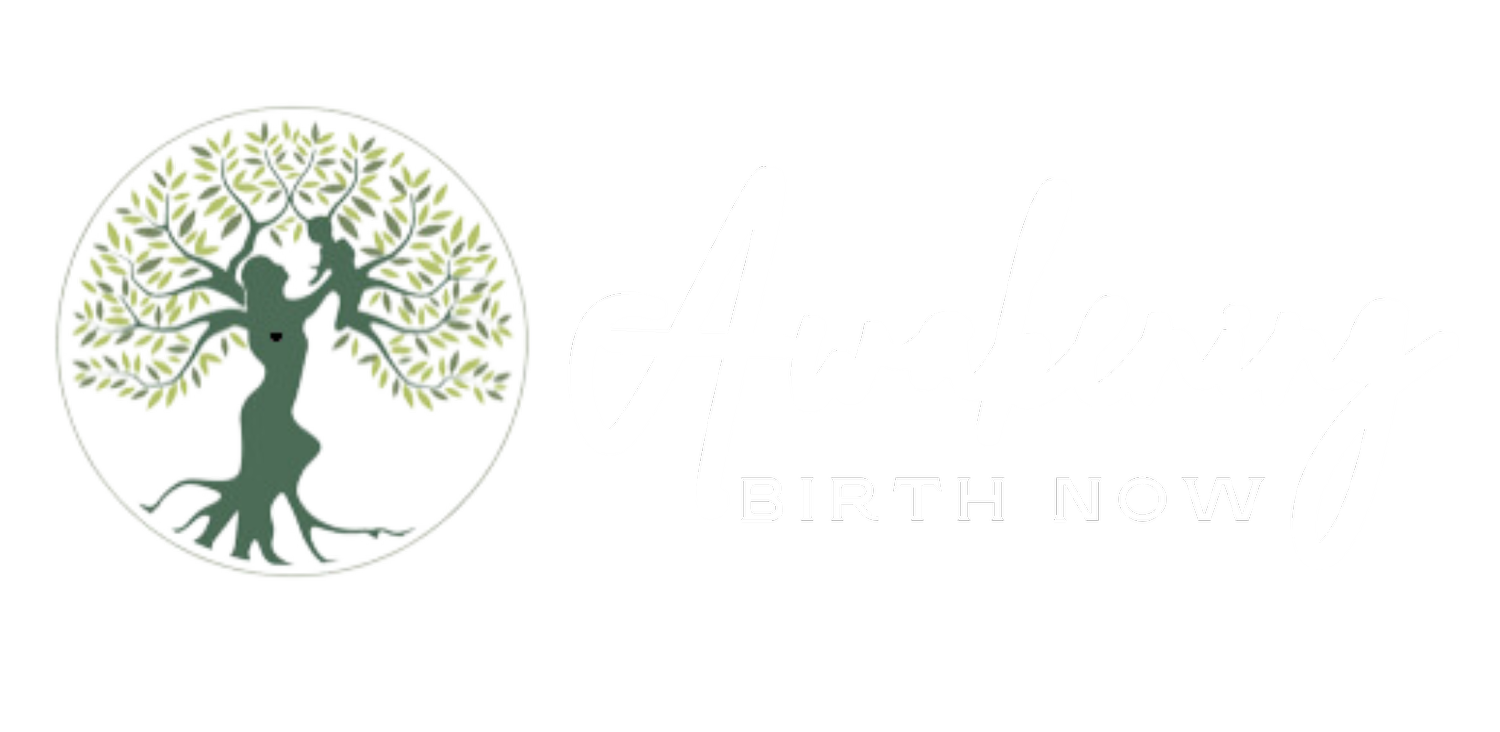Six Midwife Types
Midwives have helped women through pregnancy, birth, and postpartum since time immemorial. Six types of midwives provide varying levels of care to women/pregnant people and newborns in the U.S.:
Certified Nurse-Midwife (CNM)
Certified Midwife (CM)
Certified Professional Midwife (CPM)
Direct-Entry Midwife
Lay Midwife
Additional Types
Certified Nurse-Midwife & Certified Midwives
CNMs are the most well-known of all midwives. CNMs and CMs differ since CNMs are registered nurses while CMs are not. Both have completed a graduate-level midwifery program and passed the American Midwifery Certification Board exam. Most CNMs (89%) have a master's degree, and 20% have earned doctoral degrees. CNMs and CMs care for women/people during pregnancy, birth, and postpartum. They provide gynecological, contraceptive, and additional services for adolescents and women/people until the end of life. There were almost thirteen thousand CNMs in 2020. All U.S. states and territories license CNMs and authorize them to prescribe medications. Unfortunately, some states have not yet sanctioned CMs.
Almost 90% of CNMs/CM attended births in the hospital; the rest were in freestanding birth centers or a woman's home. The medical model often influences these midwives as they commonly work in physician-dominated settings. Insurance plans and Medicaid widely include CNM services.
Birth certificates reveal that CNMs and CMs attended 362,362 births or 10% of all deliveries in 2019. However, CNMs were involved in much more care than birth certificates reflect. Imagine a CNM provides a woman's complete prenatal care and supports her throughout labor. Near the end of the labor that woman needs a cesarean. The birth certificate will only name the surgeon as the birth attendant. Another common scenario is midwives provide a woman's complete prenatal care but a physician will manage the labor and attend the birth. Birth certificates demonstrate only some of the care midwives provide.
Almost 90% of CNMs/CM attended births in the hospital; the rest were in freestanding birth centers or a woman's home. CNMs/CMs also provide other healthcare services. CNMs are committed to the midwife model of care:
Holistic and individualized education and counseling care throughout the childbearing cycle, including newborn care.
Using as few technological interventions as possible
Consulting or collaborating with physicians or referring women/people who need medical care.
These midwives may be influenced by the medical approach since they work most often in medically-dominated settings.
Certified Professional Midwife (CPM)
A Certified Professional Midwife (CPM) has met the certification requirements of the North American Registry of Midwives (NARM). Applicants can qualify for the NARM exam after apprenticing with a qualified midwife, completing an Entry-Level Portfolio Evaluation Process, or graduating from a midwifery program or school. Applicants from programs or schools not accredited by the Midwifery Education Accreditation Council must complete the Entry-Level Portfolio Evaluation Program. The practice privileges of CPMs vary by state. They mainly practice in homes and birth centers; some insurance and Medicaid plans cover them. CPMs are committed to providing the midwifery model of care.
Direct-Entry Midwife (DEM)
Direct-entry midwives specialize in births at home and in freestanding birth centers. No national certification or licensing is available for direct-entry midwives. Each state has legal requirements for education and licensing (if any). Most direct-entry midwives are self-employed.
Lay Midwife
A lay or traditional midwife refers to an uncertified or unlicensed midwife who is often educated informally, such as in apprenticeship or self-study. They may have chosen not to become certified or licensed for religious, personal, financial, or philosophical reasons. Some states have licensing for lay midwives, while other states don't.
Additional Types of Midwives
Some midwives are naturopathic or chiropractic doctors or physician assistants who have received additional midwifery education, formally or informally.
References
American College of Nurse-Midwives: Comparison of Certified Nurse-Midwives, Certified Midwives, Certified Professional Midwives Clarifying the Distinctions Among Professional Midwifery Credentials in the U.S. https://www.midwife.org/acnm/files/ccLibraryFiles/FILENAME/000000006807/FINAL-ComparisonChart-Oct2017.pdf
GraduateNursingEDU.org: What is a Midwife. Online. https://www.graduatenursingedu.org/careers/certified-nurse-midwife/what-is-a-midwife/
Midwives Alliance of North America: Types of midwives. Online. https://mana.org/about-midwives/types-of-midwife
Western Missouri Medical Center: Midwifery facts. Online https://wmmc.com/midwifery101/

